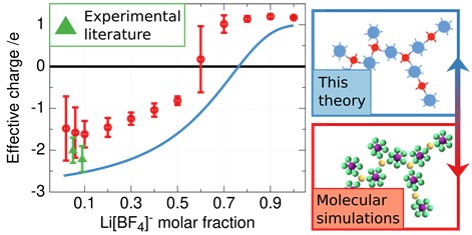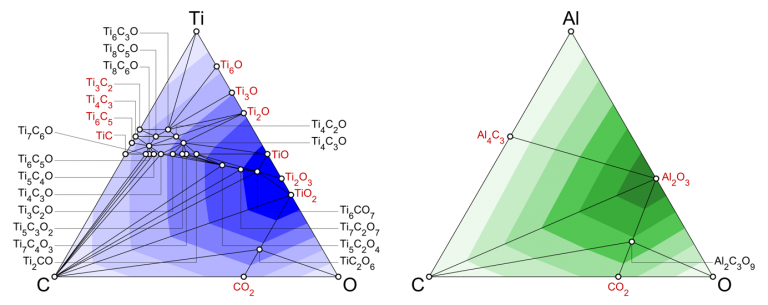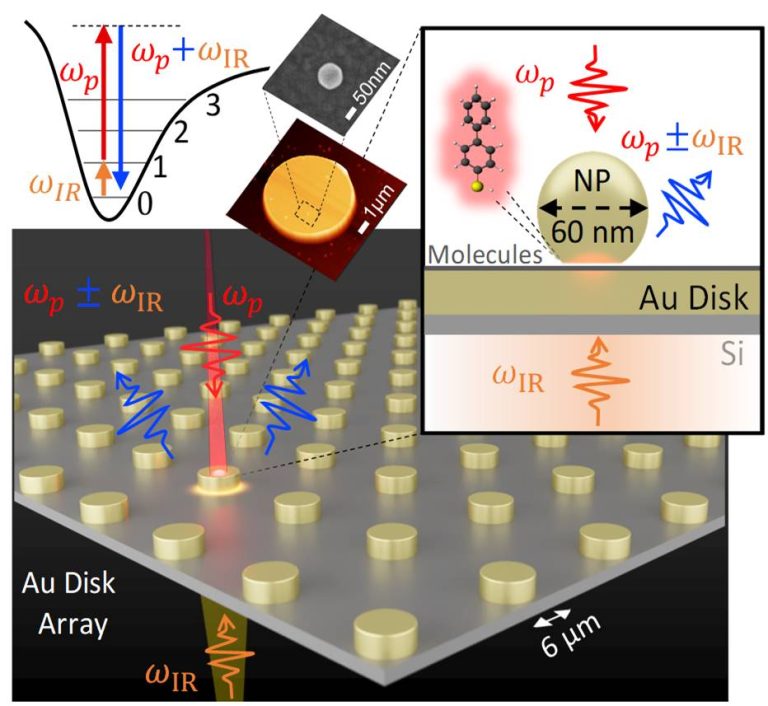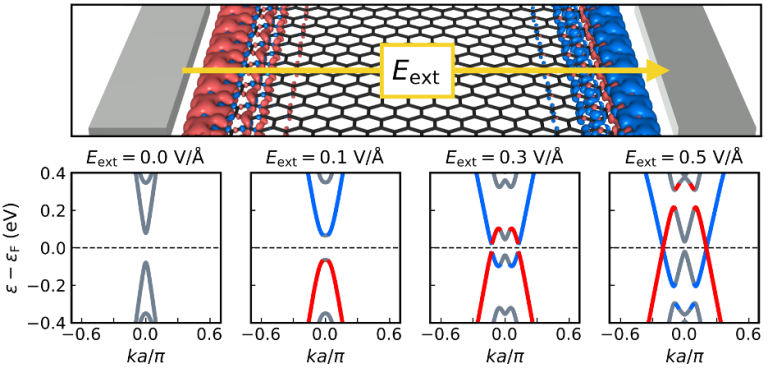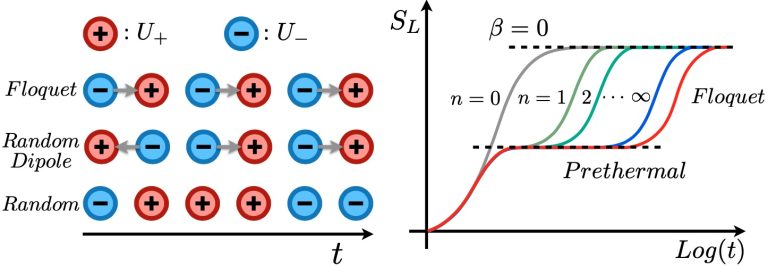Mechanochemistry of phosphate esters confined between sliding iron surfaces
The molecular structure of lubricant additives controls not only their adsorption and dissociation behaviour at the nanoscale, but also their ability to reduce friction and wear at the macroscale. Here, we show using nonequilibrium molecular dynamics (NEMD) simulations with a reactive force…

